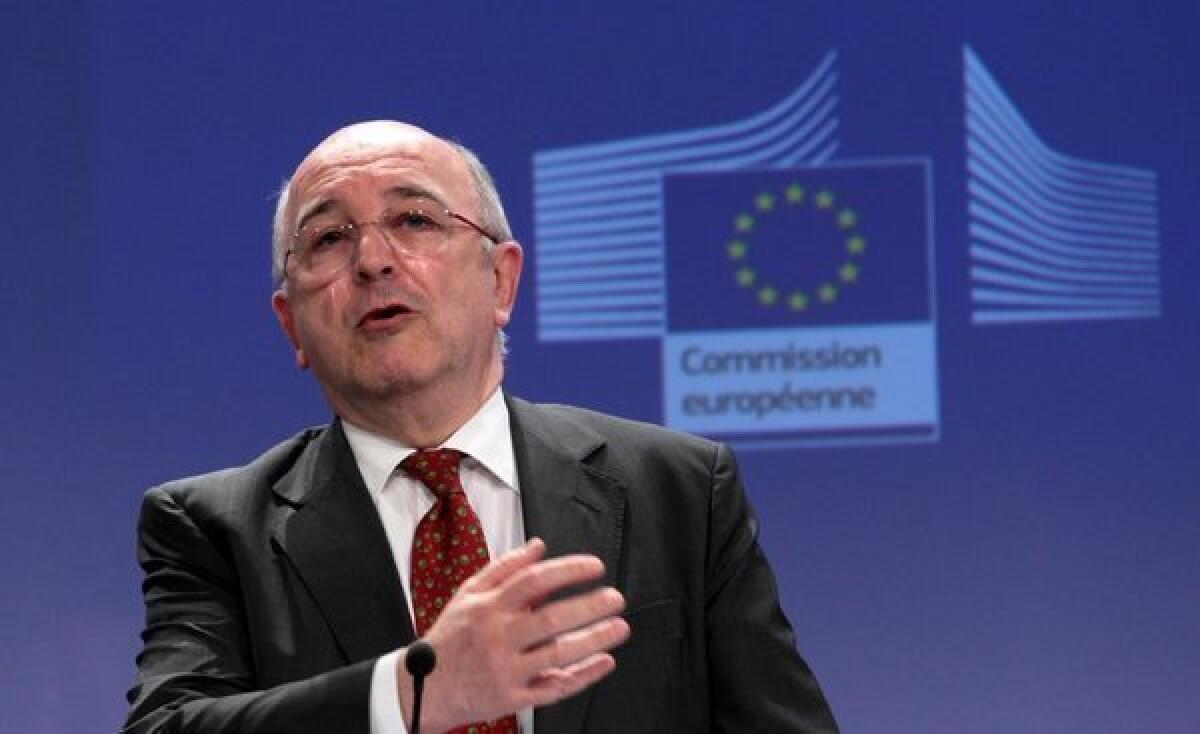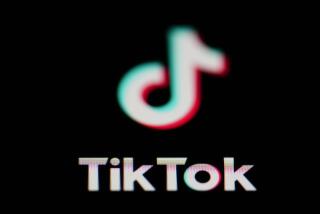European officials fine Microsoft $731 million in browser case

WASHINGTON -- European Union antitrust officials on Wednesday hit Microsoft Corp. with a $731-million fine for failing to live up to a promise to allow Windows users to easily choose a Web browser other than Internet Explorer.
That promise was part of a 2009 settlement of a European Commission investigation into allegations that Microsoft abused its dominant position in desktop software by tying Internet Explorer to Windows.
Microsoft agreed to include a browser choice screen in Windows. But the commission’s competition directorate said Wednesday that Microsoft failed to offer that screen in a Windows 7 service pack software update from May 2011 to July 2012, in violation of the agreement.
“If companies agree to offer commitments which then become legally binding, they must do what they have committed to do or face the consequences -- namely, the imposition of sanctions,” said Joaquin Almunia, the European Commission’s vice president in charge of competition policy, in announcing the fine of 561 million euros.
It was the first time European regulators fined a company for failing to comply with an agreement, he said.
The fine comes on top of approximately $2.5 billion in levies from European officials on the software giant for antitrust violations in a series of high-profile cases dating to the early 2000s.
Microsoft said it took full responsibility for what it called a “technical error” and apologized for the problem.
“We provided the commission with a complete and candid assessment of the situation, and we have taken steps to strengthen our software development and other processes to help avoid this mistake -- or anything similar -- in the future,” the Redmond, Wash., company said.
Under the agreement, Microsoft was required to offer the browser choice screen to its Windows customers in Europe until 2014. Almunia said Microsoft began offering the screen in March 2010, but then did not offer it in the Windows 7 service pack update 14 months later.
“As a consequence, during more than a year, until July 2012, around 15.3 million users did not see the choice screen as they should have,” he said. “Such a breach is of course very serious, irrespective of whether it was intentional or not, and it calls for a sanction.”
Once the problem was discovered, Microsoft cooperated with the commission’s investigation, Almunia said. The cooperation was “taken into account as a mitigating circumstance,” he said.
ALSO:
Microsoft told to quit bundling IE in Europe
Bill Gates says he’s ‘not satisfied’ with Microsoft
Gmail is target of new Microsoft privacy campaign against Google
More to Read
Inside the business of entertainment
The Wide Shot brings you news, analysis and insights on everything from streaming wars to production — and what it all means for the future.
You may occasionally receive promotional content from the Los Angeles Times.











